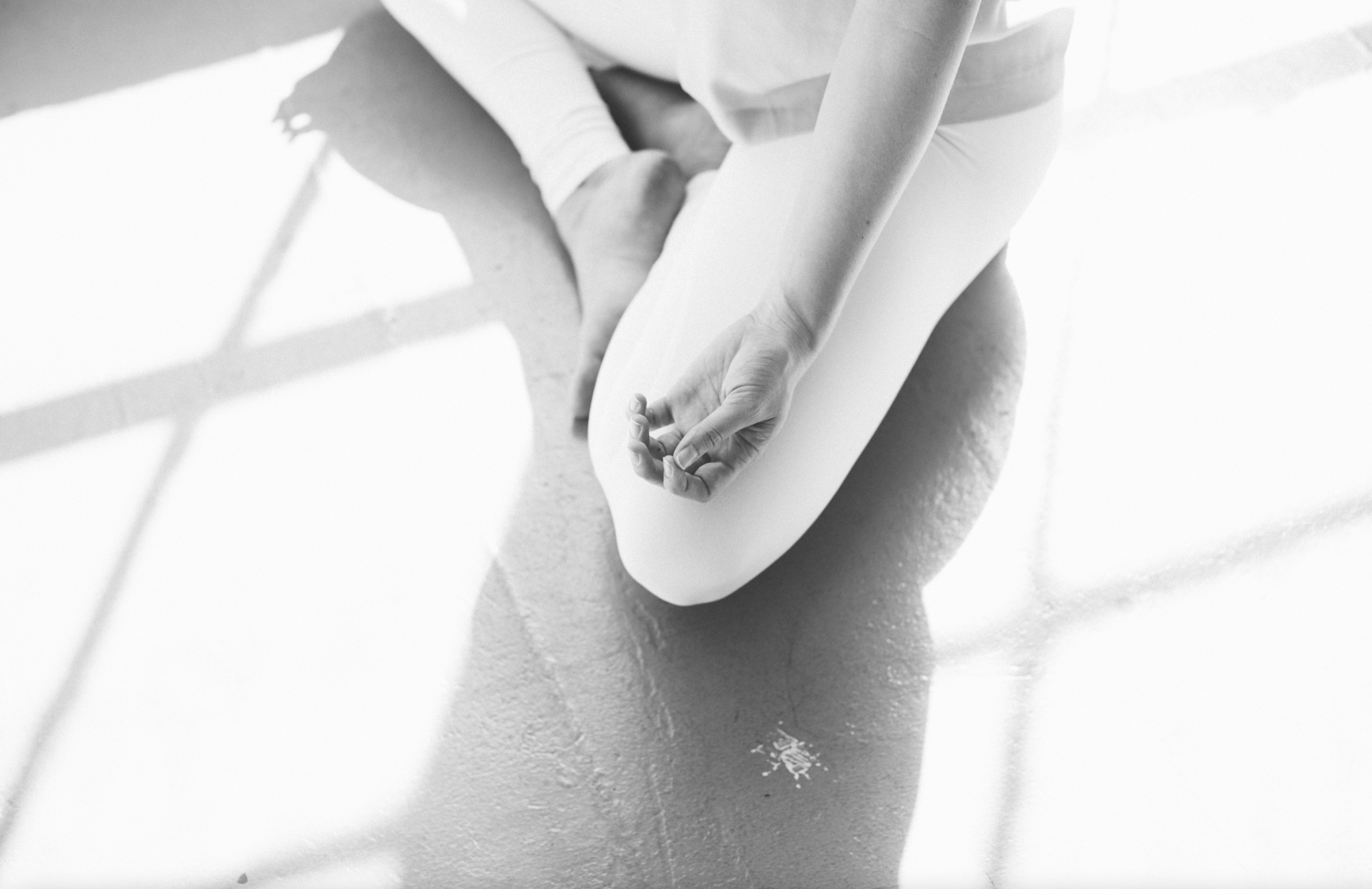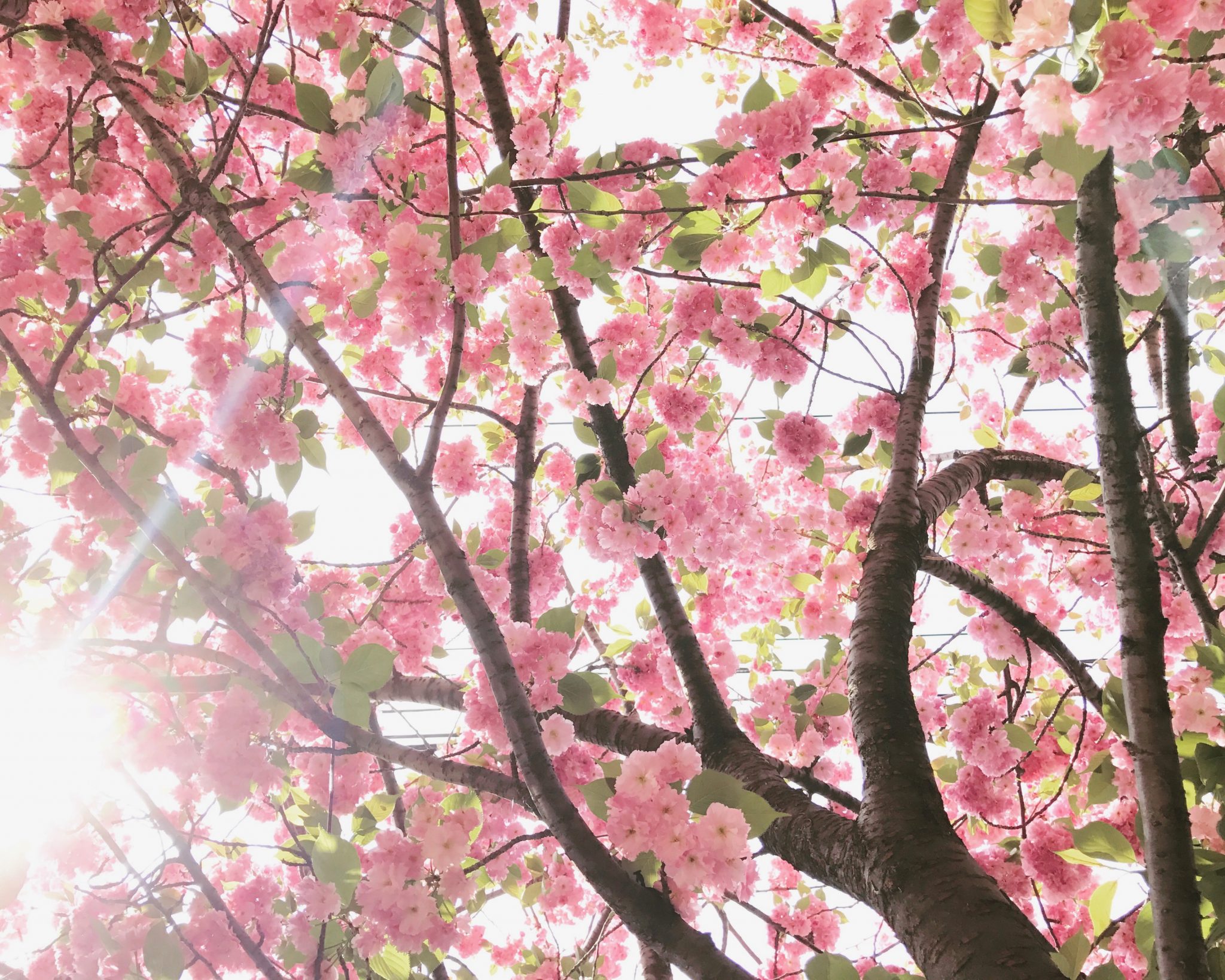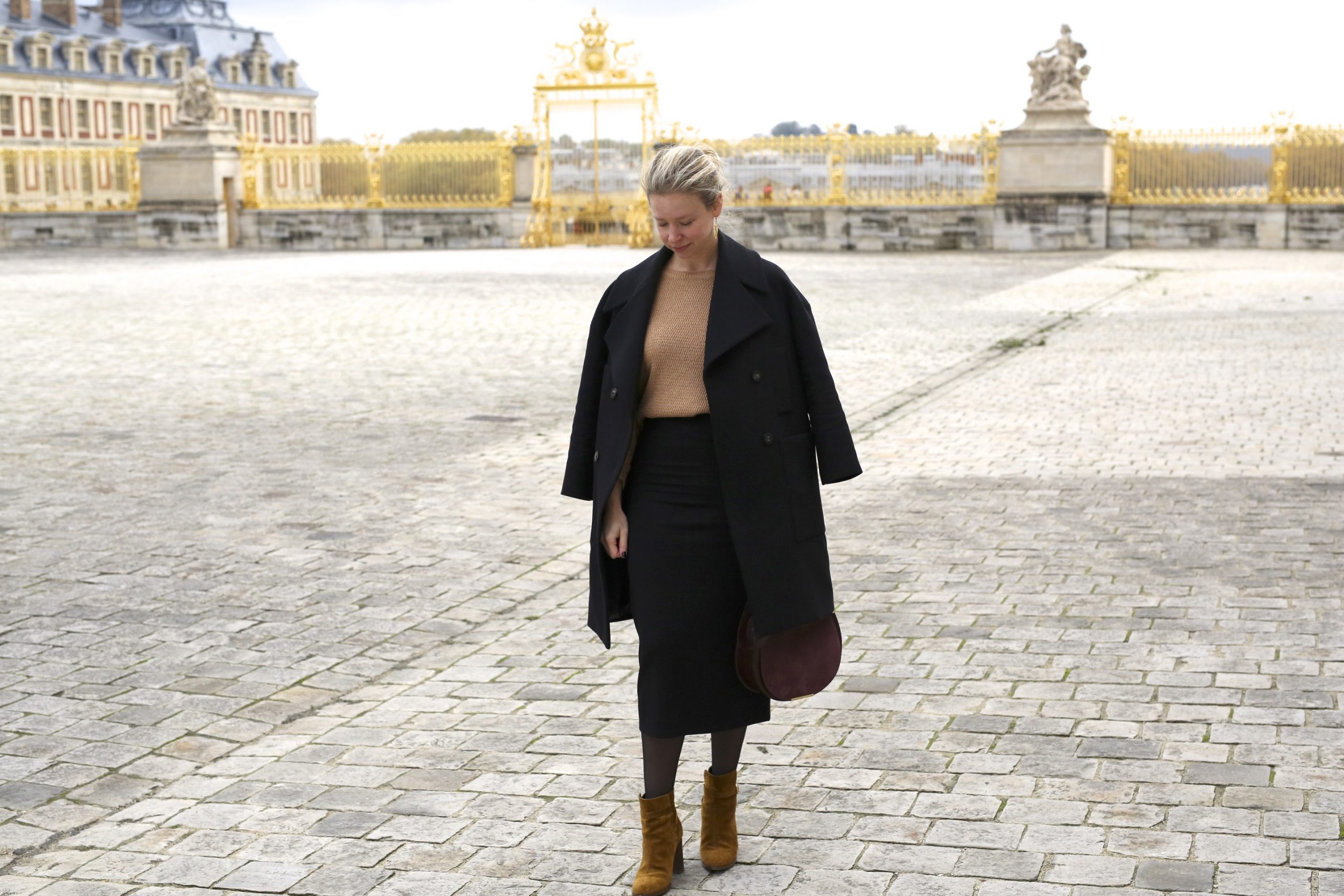Lately I’ve felt a pull to return to my yoga philosophy studies. There’s something about looking at life through a philosophical lens that makes me see myself more objectively. The truth is, I’ve been spending way too much time up in my head. I’m trying to work through uncertainty by over-thinking. It’s not going well. Let’s face it: life in general, but especially these days, is nothing if not unpredictable. We’re all trying to navigate the unknown as we face re-entry into a post-vaccinated world. There’s a lot to process and consider, and it raises some big questions about how we will redefine our lives. Ultimately, the only way to chart a course in a constantly shifting landscape is by grounding ourselves in a clear purpose. Yoga philosophy has a lot to teach us about how to find steadiness in an ever-changing reality, and I have found it strangely calming to work through my doubt and anxiety by asking bigger questions.
As far as yoga texts go, Iyengar’s musings always give me a lot to chew on. I am currently rereading Light On Life. It’s one of my favorite books because I can literally open to any random page and somehow find the answer to a question I didn’t know I had. I wanted to share this quote with you because it has prompted a lot of valuable reflection in my practice, teaching, and life.
A vase, like a building, like a body, has two spaces—the one that it contains and the one that surrounds it. When we begin asana, we worry about the shape of the pose, that is, how we look in the mirror, in other words, the space we exclude. By now we should be worrying about the space we include, the space within, for it is largely that which gives true life and beauty to asana. It is called yoga svarupa—the self assuming its perfect form through yoga.
It’s funny when you find the words to articulate your experience. The massive changes of the past year as well as the changes that lie ahead have pushed me to rethink the structure of my life. It’s uncomfortable and scary to question, let alone evacuate, the comfort of the forms we’ve built. I prefer certainty. You? And yet…I’m also more aware of how much I limit myself by clinging to what I can control. The intensity of this challenging year has made me sensitive to the connection between form, purpose, and space—to the why behind the framework of my life and the impact that infrastructure has on my experience. It has been helpful for me to pull the relationship apart and look at each concept separately so I can better understand how they work together.
Form is the container for space. It defines the space both within and outside of ourselves. Form can be tangible, like architecture, or asana. It can also be subtler, like the outline of our identity drawn by our values, beliefs, and perspective. Form defines how we experience ourselves and also in many ways determines how we relate to everything else.
Purpose influences how we create, sustain, and adapt the form. Form delineates space, but it’s our purpose that determines how, where, and why we draw the lines. I think it’s important to explore the structures we design and defend in our lives, because they offer valuable insight into our underlying purpose. For example, if we’re compelled by external ideals in our asana practice, we may strive towards a form that favors aesthetics at the expense of the integrity of the space it creates.
Space is freedom. In the context of yoga, this freedom is an experience of wholeness, or a connection to the totality of who we are. Iyengar writes, “When you collapse the space, you collapse the soul.” Space is something we experience. When we walk into a space, whether it’s our home, our relationships, or our routines, we can intuitively sense the purpose behind the form. Even if we can’t articulate it, we can feel it. For example, does the space welcome us to be ourselves or do we feel out of place? Does the space inspire potential or does it perpetuate our limiting self-beliefs?
I often turn to sutra 2.46 to better understand the relationship between form and space. Patanjali teaches that asana should be both stable and spacious. For me, this sutra has always implied that balancing the two is a dynamic conversation with no fixed end point. The dialogue between sthira (stability) and sukha (space) fosters a more curious approach to my practice. It raises some valuable questions: Is my form rigid or fluid? Do I feel stuck inside the form, or do I feel free to explore the space? What is my relationship to this form and what am I actually practicing? Negotiating this balance demands a willingness to look at the purpose driving my efforts and the ways in which I’m practicing myself into a smaller or bigger understanding of who I am.
The relationship between form, purpose, and space is calibrated by alignment. Alignment is the action required for congruency—we align the form with our purpose to affect our experience of space. Alignment is a continuous practice that requires a willingness to assess and adjust our relationship to space. Our practice makes us more aware of the ripple effects of our alignment, not just in our own experience, but also the shared experience in the collective space outside of our form.
These musings on yoga have initiated a lot of reflection and have given me a surprising (albeit fleeting) steadiness. I find that I’m better able to sit with the ambiguity of an uncertain future by framing my experience in the context of these larger ideas. I’ll leave you with some personal questions that I’m asking myself. Where am I investing my energy and attention, and is that actually in alignment with my purpose? What the heck is my purpose? How does my alignment impact how I feel in my space? How can I adapt my form to better serve my needs and my family’s needs? I don’t have the answers but I can already see the value in asking the questions. It reminds me that the space I create in my life is so much bigger than the forms I create in my mind. For me, the distinguishing factor here is alignment, or action. Clarifying my purpose gets me out of my head and into my life. It’s a privilege to ask these questions and for that I’m grateful. I hope they continue to offer steadiness on my path.






Join the Discussion